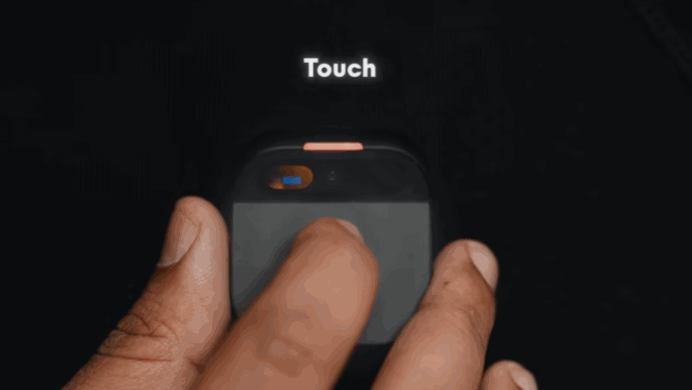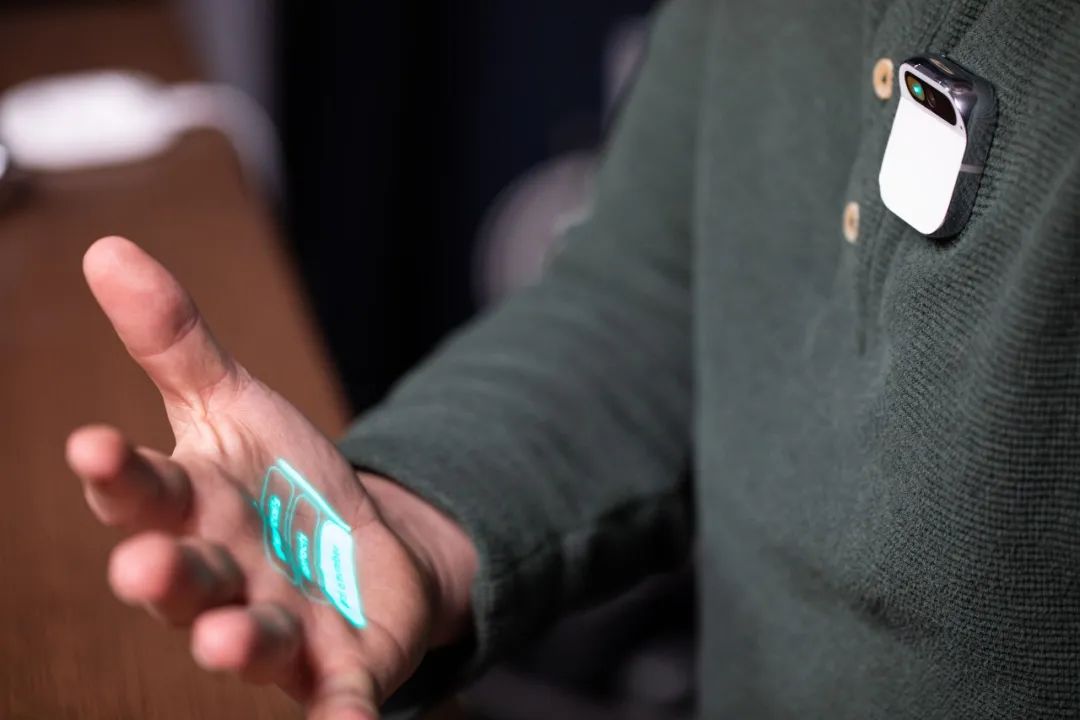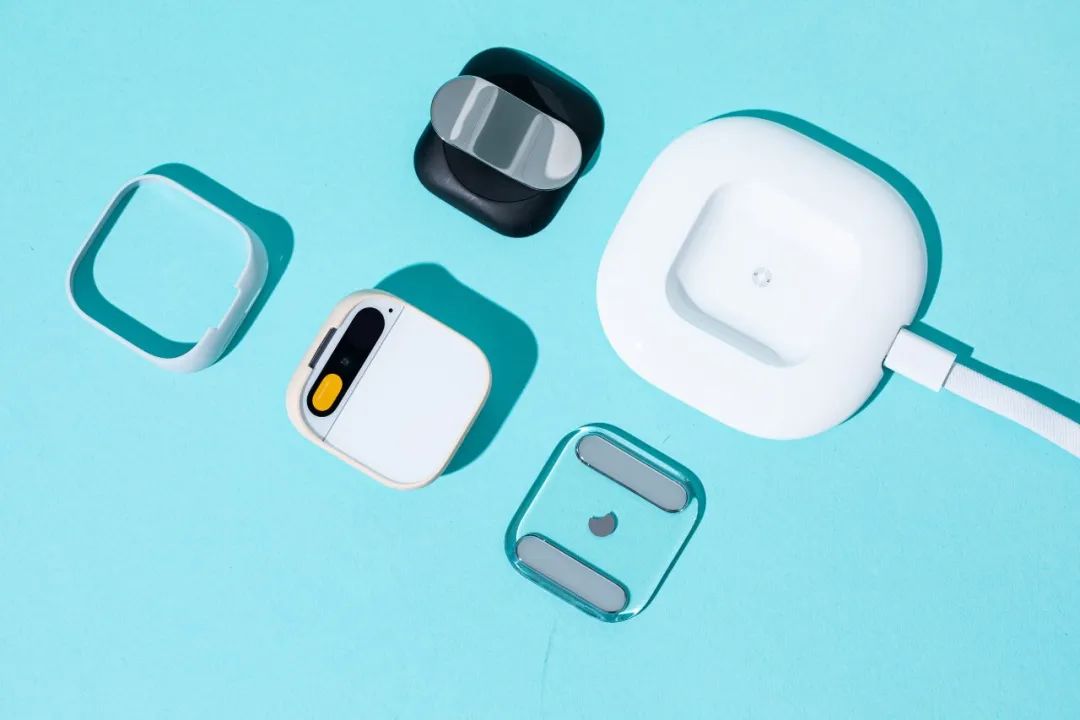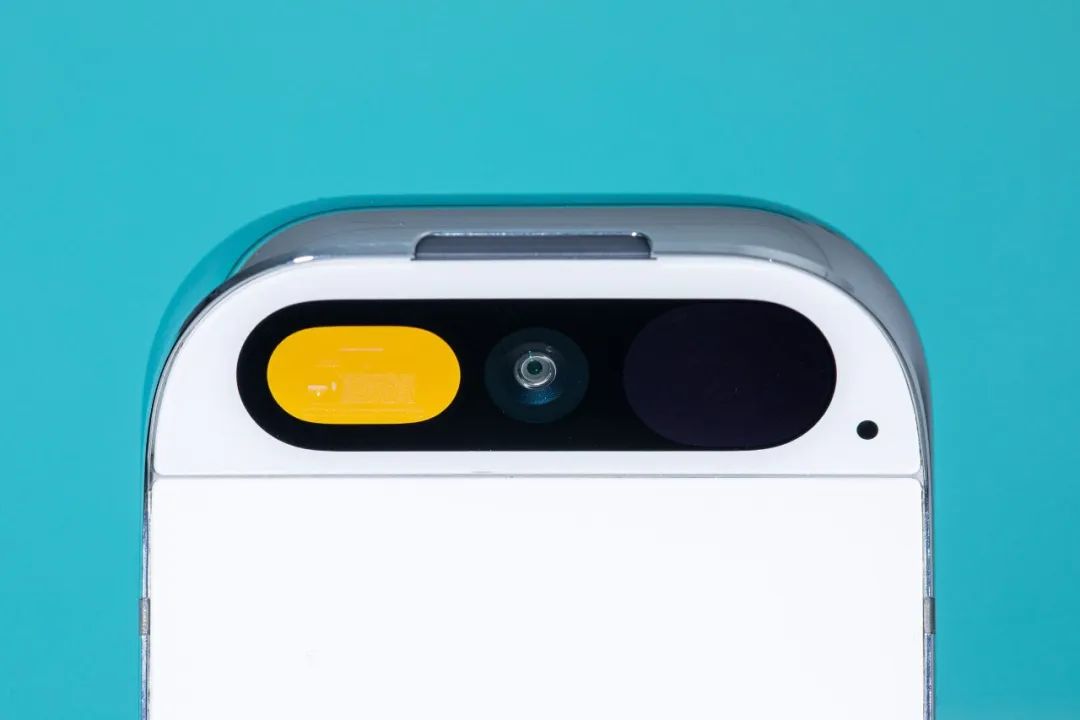▲ For more exciting content, please click the blue text above and follow us!
Last November, a piece of AI hardware called “AI Pin” took the tech world by storm.
This device breaks away from tradition, eliminating the screen interface and relying entirely on voice and projection technology to interact with users, responding to short commands and showcasing unprecedented convenience.

AI Pin is not only depicted as a futuristic sci-fi product in official promotions but has also garnered high expectations within the industry.
It was named one of the “Best Inventions of 2023” by Time magazine and is predicted by many critics to potentially disrupt the iPhone.
The American startup Humane, as the developer of AI Pin, successfully attracted substantial investments from tech giants like OpenAI, Microsoft, and Qualcomm, raising hundreds of millions of RMB, which fully demonstrates the product’s immense potential and market confidence. However, in mid-April, with the official delivery of AI Pin, the actual performance seemed to fall short of market expectations.
 Can AI Hardware Truly Replace Smartphones?
Can AI Hardware Truly Replace Smartphones? 

 What is AI Pin?
What is AI Pin? 

 Disappointing Market Performance
Disappointing Market Performance 


AI Pin’s technical specifications are impressive, equipped with a 13-megapixel ultra-wide camera, featuring an f/2.4 aperture and 3D depth sensing capabilities. Its innovative “laser ink display” technology allows the user interface to be projected directly onto the palm, achieving a resolution of 720p. Humane describes that AI Pin’s voice assistant Ai Mic can provide food nutrition queries, music playback—through the integrated Tidal music streaming service, and phone services and messaging using the T-Mobile network.
However, David Pierce, a journalist from The Verge, sharply criticized AI Pin after personally experiencing it, stating he does not recommend consumers purchase this product. Pierce pointed out that, although the idea behind AI Pin is intriguing, the actual experience fell far short of expectations, deeming its completion rough and unacceptable, and does not recommend anyone buy AI Pin at $699 and incur an additional $24 monthly fee.
Pierce summarized AI Pin’s advantages as its excellent manufacturing quality, high-quality photography capabilities, and more convenient access compared to smartphones. However, these advantages are overshadowed by its drawbacks: the device fails to work properly half the time, runs slowly, and lacks basic functionality. He emphasized that while he believes there will be more suitable hardware for AI applications in the future, AI Pin is not a successful case.
Pierce demonstrated the usage process of AI Pin, noting that users must touch the device to wake it up each time they use it. Although AI Pin is more convenient for tasks like taking photos than smartphones, its functionality is relatively limited, and it frequently makes errors when performing basic operations like making calls, sending texts, and playing music, with the only stable function being displaying the time.
In addition, AI Pin also faces issues with overheating and short battery life, with a fully charged battery lasting only about five hours. The palm projection display’s performance in practical use is also unsatisfactory.
In response to Pierce’s feedback, Humane’s founders stated that AI Pin will undergo a series of software updates this summer, with plans to add timer, calendar functions, and unlock more operating methods.
-
Limited functionality: The initial version of AI Pin has fewer than 20 functions, making it less practical. -
Inconsistent accuracy of responses: AI Pin relies on multiple systems based on large language models (LLM), but user feedback indicates that the accuracy of its responses is inconsistent, with long wait times. -
Overheating and battery life issues: Users report that AI Pin starts to overheat after a short period of use, with battery life lasting only about five hours. -
Poor projection display quality: Although AI Pin can project text onto the palm, it is difficult to see in bright light. -
Inability to sync phone numbers: While AI Pin has a phone number, it cannot sync with existing smartphone numbers.
 Humane’s Response and Future Outlook
Humane’s Response and Future Outlook 
References
· END ·
